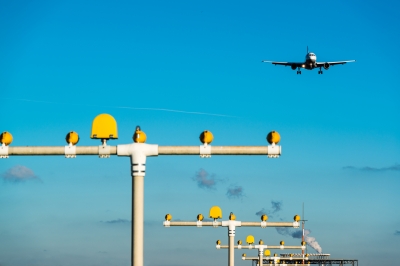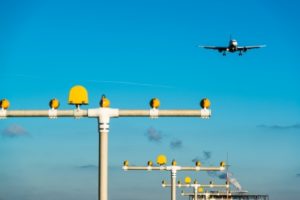The Civil Aviation Authority of the Philippines (CAAP) has passed the international safety standards of the International Civil Aviation Organization (ICAO), garnering a score of nearly 70% to exceed the world average.
CAAP passed the Universal Safety Oversight Audit Programme of the ICAO Coordinated Validation Mission conducted in the country from May 30 to June 8, 2017.
Based on the results, CAAP, the civil aviation regulatory body of the Philippines, has improved its effective implementation with current overall results of 69.68%, which is above the world average of 64.85% and indicates compliance with international safety standards.
The result is also a significant 10.77% improvement from the 58.91% rating CAAP earned in 2016.
CAAP was also cleared on issues relating to Significant Safety Concerns (SSCs). SSCs indicate that a state is not providing sufficient safety oversight to ensure the effective implementation of applicable ICAO standards. SSCs may be issued in the area of operations, air navigation services, aerodromes, airworthiness, or licensing.
ICAO is a specialized agency of the United Nations with 191 member states that sets standards and regulations necessary for aviation safety, security, efficiency, and environmental protection.
Transport Undersecretary for Aviation Manuel Antonio L. Tamayo said that while the Department of Transportation (DOTr) is happy with the results of the recent global safety audit, it is still urging CAAP to perform better, especially in adhering to ICAO’s mandate.
Tamayo said Transportation Secretary Arthur Tugade wants CAAP to identify ways to use alternative energy and reduce carbon emission from the aviation sector in compliance with the ICAO mandate.
“CAAP is actually planning to recommend to Congress the drafting of an economic and market-based legislation that will enable the use of emissions trading in aviation,” Tamayo noted.
He also stressed that CAAP is looking at improving the air traffic service system to significantly reduce fuel burn and carbon emissions, and increase efficiency through information exchange with stakeholders to avoid delays for inbound aircraft at the country’s airports.
This could be achieved, Tamayo said, by maximizing traffic flow of airborne aircraft arriving at a congested airport, and implementing user-preferred routes over oceanic airspace to allow air carriers to fly on optimized paths instead of standard routes. It also calls for enhancing terminal capacity by using required navigation performance instead of low-level holding and vectoring, as well as using continuous descent operations to reduce energy used in an aircraft’s arrival, approach, and landing.
Tamayo also mentioned that CAAP intends to establish waste disposal facilities in airports, and regulate aircraft to promote higher fuel efficiency.
“In the next 5 years, CAAP will gradually regulate the types of aircraft imported and registered in the Philippines and ensure that they are more fuel-efficient. CAAP is also looking to establish waste disposal facilities in the airports as well as environmental management and research and development offices in both the aerodromes and among airlines,” he said.
Image courtesy of franky242 at FreeDigitalPhotos.net






